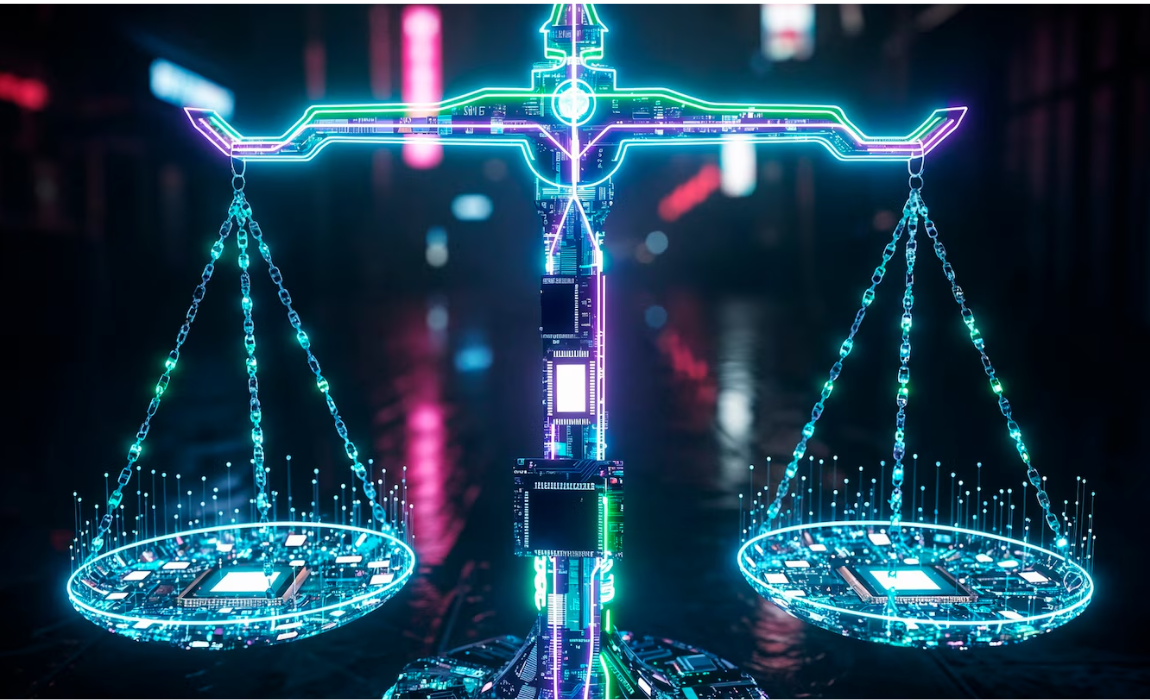
"The Evolution of Human Rights Law in the Face of Emerging Technologies"
The digital revolution is rewriting not just the way we work and communicate, but also the very grammar of human rights. Artificial intelligence, biometric surveillance, and genetic engineering are racing ahead, while laws crafted in the mid-20th century remain stuck in an analogue age. The central question is stark: can the framework of human rights keep pace with the power of machines?
When Privacy is on Trial
Few rights have been tested as sharply as the right to privacy. Revelations from Edward Snowden showed how governments weaponised technology for mass surveillance. India, too, has grappled with controversies—from the Pegasus spyware scandal to the rapid rollout of facial recognition in airports and public spaces.
The Supreme Court’s Puttaswamy verdict (2017), declaring privacy a fundamental right, was a turning point. Yet, the ink is barely dry on the Digital Personal Data Protection Act, 2023, and critics already worry it tilts towards state exemptions rather than citizen empowerment. Without strong checks, privacy risks being reduced to a paper promise in a digital panopticon.
Algorithms and Inequality
Emerging technologies do not just watch us; they judge us. AI systems trained on biased data have produced discriminatory outcomes—whether in job recruitment, loan approvals, or predictive policing. Globally, minorities have borne the brunt of algorithmic injustice.
India is beginning to deploy AI in governance, including welfare distribution. But when a family is denied rations or flagged as “high risk” because of an opaque algorithm, who is accountable? Human rights law, which has long safeguarded equality and due process, must now extend those protections into the digital realm.
Global Experiments
Around the world, lawmakers are scrambling for answers. The European Union’s AI Act, the first of its kind, attempts to classify AI applications by risk and impose safeguards. The Biden administration in the U.S. has released a blueprint for an “AI Bill of Rights.” Meanwhile, China pushes ahead with sweeping state control over data, showing how technology can also become a tool of authoritarianism.
India’s response has been patchy—an important data protection law on one hand, but little by way of a comprehensive framework for AI or biotechnology. For a nation with over 800 million internet users and growing ambitions as a tech hub, this gap is glaring.
Courts as Custodians
Historically, Indian courts have stepped in where policy has faltered—from pollution control to women’s rights. The coming years may see an increase in petitions on algorithmic bias, data misuse, and surveillance. Indeed, the judiciary may become the crucible where the principles of liberty, dignity, and equality are tested against the power of emerging technologies.
But courts cannot act alone. Regulation must be anticipatory, not merely reactive. A human centred framework—anchored in accountability, transparency, and equity—is essential.
The Choice Before Us
Technology is not destiny. It can expand freedom or shrink it. If left unchecked, AI and surveillance could deepen inequalities, erode privacy, and weaken democracy. But with thoughtful regulation, they could become instruments of empowerment, enhancing human dignity rather than diminishing it.
The evolution of human rights law in the face of emerging technologies is not a luxury; it is a necessity. India, with its vibrant democracy and strong constitutional tradition, must lead with clarity and courage. For if the law remains frozen in the past, the future of rights will be decided not by parliaments or courts, but by algorithms.
